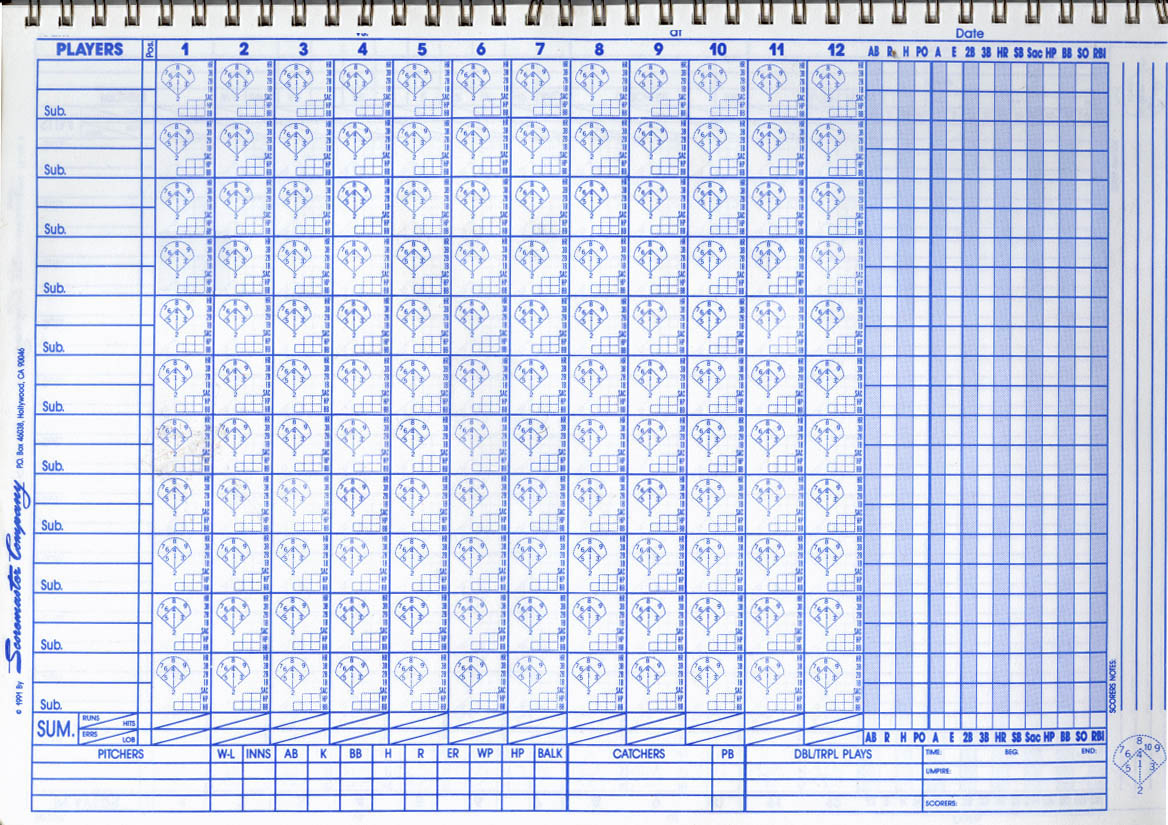By NICO VAN THYN, Designated Contributor
F5 or F7? That is the question.
If you are a baseball person, you might understand this. If you are not, you won’t care.
Those of us old-school baseball purists who — grimace — accept that defensive shifts are now part of the game have a suggestion for baseball’s rules makers.
If you don’t want to outlaw defensive shifts — and make people play in the positions as they have for 150 years — at least change the scoring rules. Change how outs are recorded on the official scoresheet.
If you have kept a baseball scorebook since you were about 10 years old, if you learned early on that 1 is pitcher, 2 is catcher, 3 is first base, 4 is second base, 5 is third base, 6 is shortstop, and 7-8-9 are outfielders, left to right, think about what happened Thursday on Opening Day.
The Houston Astros used a four-man outfield. We’ve seen it before, we think, over some 60 years of watching the game. But …
On his first at-bat this season, Texas Rangers first baseman Joey Gallo — faced an Astros’ defense without a third baseman. Sort of.
The Astros’ third baseman, former LSU star Alex Bregman, was playing in deep left field. Yes, the “5” was playing in the “7” spot. (So was the regular “7” to Bregman’s left.)
And Gallo, a left-handed hitter — very much a pull hitter — flied out to the third baseman … in deep left field.
https://www.mlb.com/cut4/astros-defensive-shift-for-gallo-was-amazing/c-270005626
Score it F5 (Bregman’s position) or F7 (where he was playing)? First thought I had when it happened. If you have been a scorekeeper, and been paid for it, these things cross your mind.
Seconds later, we heard the Astros’ announcers ask the same question, and debate it.
By current scoring rules, it has to be F5. We’re suggesting that it needs changing.
It should be changed to reflect the defensive positioning. So maybe make it 7-B (and in the official statistics, give Bregman an outfield putout).
Just as if the third baseman — in the current trend of defensive shifts — is playing in the shortstop spot, and the ball is hit to him, he should be “6-B.” And if the shortstop is on the right side of second base, he should be “4-B.”
Simple changes, in our thinking, and more of an indication where the outs were made.
But changing baseball scoring rules — and we have several we could point out need changing, but save that for another time — is rarely done.
If baseball’s stats keepers want to be more accurate, and reconstruct games on paper to show what really happened, they need a Plan B.

